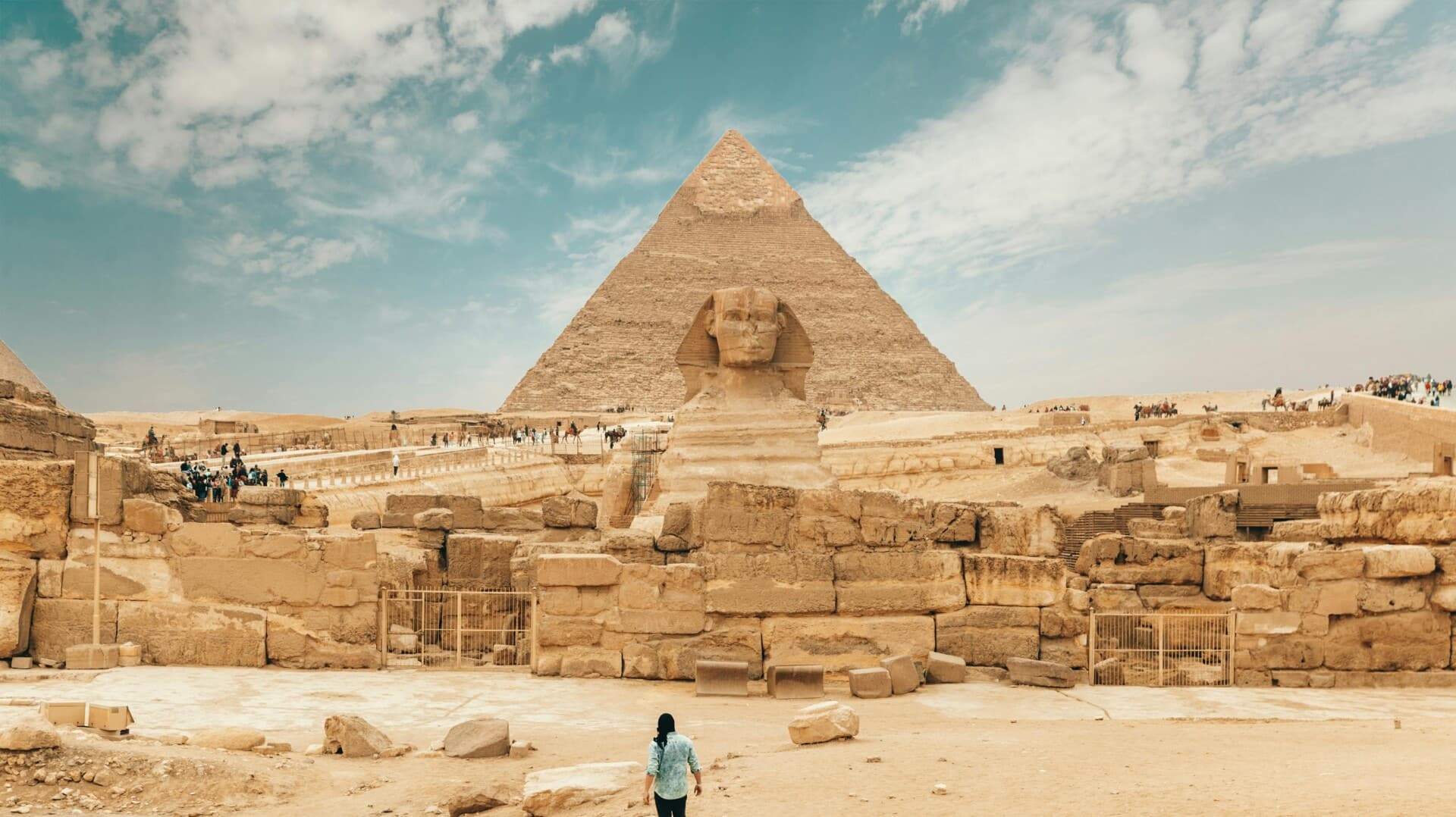
Discover Egypt's timeless wonders
What's the story
Egypt, a land brimming with history, invites travelers to step back in time and explore its ancient wonders. Home to one of the world's oldest civilizations, its monuments stand as testaments to human ingenuity and the mysteries of the past. From towering pyramids to majestic temples, Egypt offers a journey through history that is both awe-inspiring and humbling.
Giza's marvel
The Great Pyramid of Giza
The Great Pyramid of Giza, a wonder of the ancient world, stands as a testament to ancient engineering. Erected around 2580-2560 B.C. as Pharaoh Khufu's tomb, it was the tallest man-made structure for over 3,800 years. Visitors exploring its chambers can marvel at its size and precision, offering a unique glimpse into the capabilities of ancient builders.
Luxor's legacy
Karnak Temple Complex
The Karnak Temple Complex in Luxor is a vast display of ancient Egyptian religious devotion. Covering over two square kilometers, it features decayed temples, chapels, pylons, and other structures. Over 4,000 years old, it was dedicated to the Theban gods and was a major religious center. Exploring this complex is like walking through an ancient artistry museum.
Nubian monuments
Abu Simbel Temples
Carved out of solid rock in the 13th century B.C. during Pharaoh Ramses II's reign, the Abu Simbel Temples are among Egypt's most breathtaking sights. These twin temples were relocated in a monumental effort during the 1960s to prevent their submersion by Lake Nasser's rising waters. The grandeur of their facades and intricate interiors pay homage to Ramses II's legacy and gods he revered.
Thebes' treasures
Valley of the Kings
Nestled on the west bank of the Nile near Luxor, the Valley of the Kings is a burial ground for pharaohs like Tutankhamun and Ramesses II. This secluded valley features intricately decorated tombs carved into desert rocks, serving as gateways to afterlife realms. Visiting these tombs offers an intimate look at pharaonic funerary rites and artistry captivating humanity for millennia.
Aswan's jewel
Temple of Philae
The Temple of Philae, dedicated to the goddess Isis, was moved from Philae Island to Agilkia Island in the 1970s to avoid flood damage from the Aswan Dam. Despite its relocation, it remains a captivating symbol of ancient worship and beauty. Visiting feels like entering a timeless story, set against a backdrop of tranquil waters and stone-carved tales.